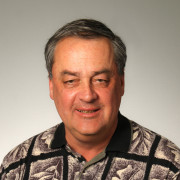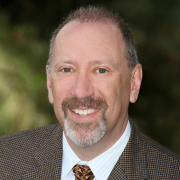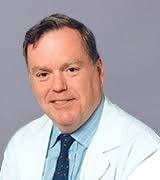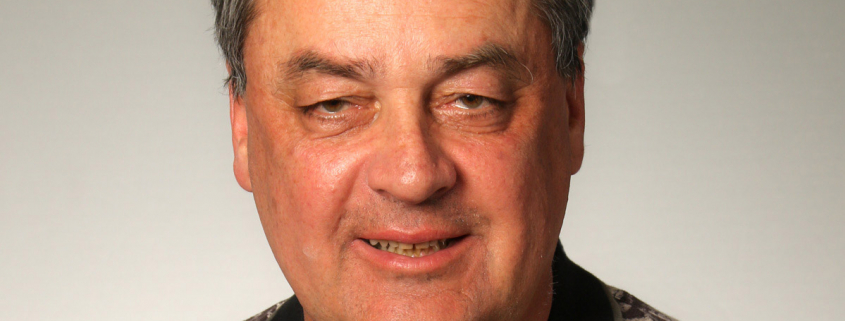Acne and Rosacea Update: Maui Derm 2019 Highlights

Guy Webster, MD
Guy Webster, MD, PhD began his presentation by reviewing the case of a 17-year-old patient who experienced myalgia while taking isotretinoin, then elaborated on isotretinoin and muscle damage and how he handles these cases. He also reviewed the very uncommon problem of resistance to isotretinoin and how to address this issue, then discussed the case of one isotretinoin-resistant nodule in a 20-year-old patient. Dr. Webster also discussed adalimumab for the treatment of hidradenitis suppurativa. Additional treatments for acne were reviewed, including topical minocycline, topical androgen inhibitors, sarecycline, and a new tetracycline.

Richard Gallo, MD
Richard L. Gallo, MD, PhD, used his presentation to provide an update of the pathophysiology of acne. Dr. Gallo covered such topics as:
- The age of the microbiome and acne
- Name change of Propionibacterium acnes to Cutibacterium acnes (C. acnes)
- How to detect C. acnes
- The specific types of C. acnes that are associated with acne
- C. acnes global epigenetic inflammatory response
- Model of epigenetic control of acne pathogenesis
- Therapy by targeting acne metabolites
- Updates to the diagnosis, classification, and assessment of rosacea
- The complex pathology of rosacea and how this differs greatly from acne

James Leyden, MD
James Leyden, MD presented on treating acne without antibiotics. He began with a review of the history of antibiotic therapy for acne, starting in 1950 with the discovery of the anti-acne effects of tetracycline and erythromycin, to today with antibiotic effects on P. acnes being greatly compromised. Dr. Leyden went on to discuss non-antibiotic options for treating acne, including methods for sebum suppression such as spironolactone, oral contraceptives, isotretinoin, and topical clascoterone, anti-microbials such as benzoyl peroxide, addressing comedogenesis with topical retinoids, and anti-inflammatory treatments such as dapsone.



